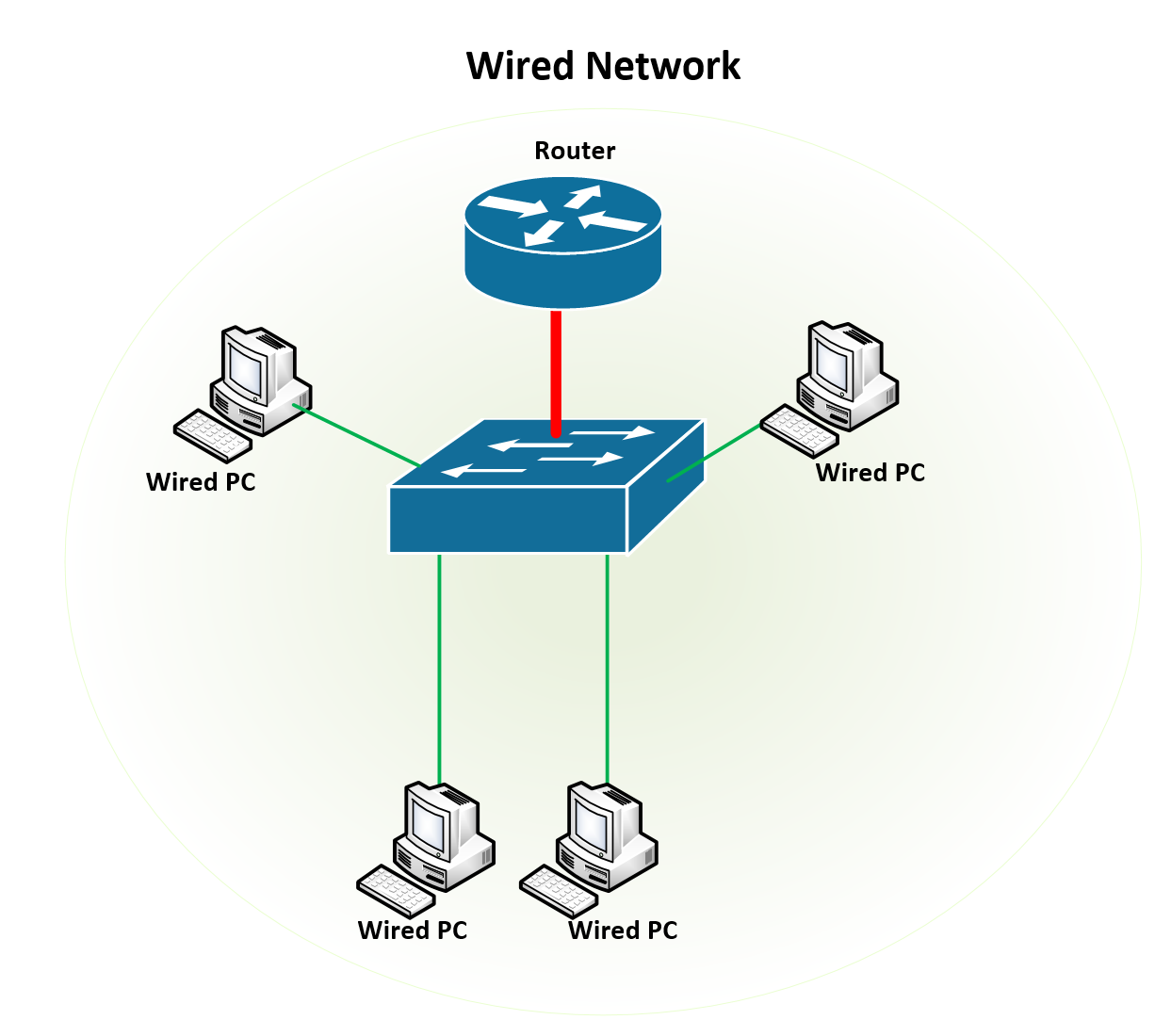
Recent studies have provided insights into controlling factors, and have reported the presence of anomalies that contradict the general consensus of the protective influence of debris loads on ablation dynamics. Understanding the climate-glacier dynamics of debris-covered glaciers is notoriously difficult given a multitude of controlling factors and feedback mechanisms involving climate forcing, debris-load properties, supraglacial water bodies, and multi-scale topographic effects. Our results provide reference melt enhancement factors for melt modelling of debris-covered glacier sites, globally, while highlighting the need for direct measurement of debris-covered glacier surface characteristics, physical parameters, and local meteorological conditions at a variety of sites around the world. Energy absorption at supraglacial ponds is dominated by latent heat exchange and is therefore highly sensitive to wind speed and relative humidity, but is generally less than for clean ice. We find that melt rates for ice cliffs are consistently 2-3x the melt rate for clean glacier ice, but this melt enhancement decays with increasing clean ice melt rates. At a reference thickness of 0.1 m, sub-debris melt rates vary considerably, differing by up to a factor of four between sites, mainly attributable to air temperature differences. Modelled sub-debris melt rates are primarily controlled by debris thickness and thermal conductivity. We generate 5000 random sets of values for physical parameters using probability distributions derived from literature, which we use to investigate relative melt rates and to isolate the melt responses of debris, cliffs and ponds to the site-specific meteorological forcing. In this study we model the surface energy balance for debris-covered ice, ice cliffs, and supraglacial ponds at a set of automatic weather station records representing the global prevalence of debris-covered glacier ice. However, the degree to which cliffs and ponds actually increase melt rates remains unclear, as these features have only been studied in a detailed manner for selected locations, almost exclusively in High Mountain Asia. Enhanced energy absorption at ice cliffs and supraglacial ponds scattered across the debris surface leads these features to contribute disproportionately to glacier-wide ablation. Supraglacial debris covers 7% of mountain glacier area globally and generally reduces glacier surface melt. Within this system, ponds form in depressions of reduced drainage efficiency and link the supraglacial and englacial drainage networks. Results suggest that successive englacial conduit collapse events, themselves likely driven by supraglacial pond drainage, cause the glacier surface drainage system to evolve into a configuration following relict englacial conduit systems. Taken together, our observations provide evidence for widespread supraglacial-englacial connectivity of meltwater drainage paths.


The DEM drainage analysis identified numerous sinks >3 m in depth across the glacier surface, few of which exhibited ponds (23%), while the field survey highlighted instances of surface water only explicable via englacial routes. We recorded four pond drainage events, all of which occurred gradually (duration of weeks), observed diurnal fluctuations indicative of varying water supply and outflow discharge, and we documented instances of interaction between distant ponds.

The total ponded area was higher in the pre-monsoon than post-monsoon, with individual ponds filling and draining seasonally associated with the surface exposure of englacial conduit segments. We performed a DEM-based analysis of the glacier's closed surface catchments to identify surface drainage pathways and englacial drainage points, and compared this to field observations of surface and near-surface water flow. Simultaneously, aerial, satellite, and terrestrial orthoimages and digital elevation models were obtained, providing snapshots of the ponds and their surroundings. To assess pond dynamics, we made pond water level measurements on Lirung Glacier, Nepal, during May and October of 20. Supraglacial ponds represent sinks within the discontinuous supraglacial drainage system, and occasionally drain englacially. The hydrological systems of heavily-downwasted debris-covered glaciers differ from those of clean-ice glaciers due to the hummocky surface and debris mantle of such glaciers, leading to a relatively limited understanding of drainage pathways.


 0 kommentar(er)
0 kommentar(er)
